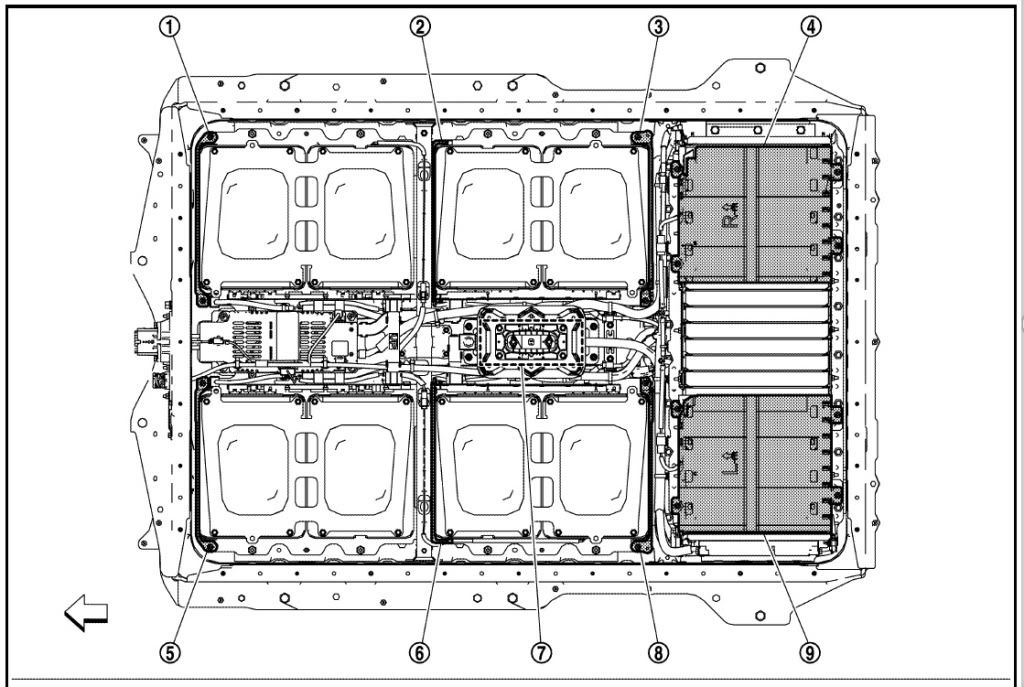dgpcolorado
Well-known member
That is the same as the manual for USA cars. The battery heater is reportedly 300 Watts and will draw from the traction battery down to 30% charge. If the car is going to be left for an extended period at very low temperatures Nissan recommends leaving it plugged in.drees said:You over estimate how much power it takes to heat the pack up and how well it retains heat.Herm said:It cant be like that, otherwise you would drain your battery over a few days parked anywhere in Winnipeg in winter.TonyWilliams said:It seems that either we don't have good data on the battery heaters, or they are programmed different in Canada. Here's what Nissan Canada says:
Also, it works all the time; whether the car is operating, or plugged in, or not.
But, with 80% charge one would have (80%-30%) x 21 kWh = 10.5 kWh to use for heating. That's about 35 hours worth if it ran continuously, not counting other drains on the system. My take on all this is the car could last for several days at low temperatures even when not plugged in. I was concerned because I will need to transport my LEAF next month and a cold snap in Idaho and Utah is possible.
From the 2012 LEAF manual:
LI-ION BATTERY HEATER
CAUTION
The Li-ion battery heater does not operate if the available Li-ion battery charge is less than approximately 30% and the charger is not connected to the vehicle. To help prevent the Li-ion battery from freezing, do not leave the vehicle in an environment if temperatures may go below -4ºF (-20ºC) unless the vehicle is connected to a charger.
The Li-ion battery heater helps to prevent the Li-ion battery from freezing and helps to prevent significant reductions in the Li-ion battery output when the temperature is cold. The Li-ion battery heater automatically turns on when the Li-ion battery temperature is approximately -4ºF (-20ºC) or colder. The Li-ion battery heater automatically turns off when the Li-ion battery temperature is approximately 14ºF (-10ºC) or higher.
The Li-ion battery heater uses electrical power from an external source when a charger is connected to the vehicle. The Li-ion battery heater uses electrical power from the Li-ion battery when the charger is not connected to the vehicle.
NOTE:
• Connect the charger to the vehicle and place the power switch in the OFF position when parking the vehicle if temperatures may go below -4ºF (-20ºC). This provides external power to the Li-ion battery heater when it operates and does not discharge the Li-ion battery.
• The charging status indicator lights illuminate in a specific pattern when the Li-ion battery heater operates. The charging status indicator lights use the same pattern to indicate 12-volt battery charging, Climate Ctrl. Timer operation or Remote Climate Control operation. The charging status indicator lights do not change if the Li-ion battery heater operates at the same time as the above features. See “Charging status indicator lights” in the “CH. Charging” section.
•The Li-ion battery heater uses Li-ion battery power to operate, even if the vehicle is connected to a charger when:
— the vehicle’s power switch is in the ON position.
— there is no electrical power being supplied to the charging equipment.
• When the Li-ion battery heater is already in operation using an external power source, it will continue to use the external power even if the power switch is placed in the ON position.
• Vehicle driving range is reduced if the Li-ion battery heater operates (Li-ion battery temperature approximately -4ºF (-20ºC) or colder) while driving the vehicle. You may need to charge the Li-ion battery sooner than in warmer temperatures.
• The Li-ion battery requires more time to charge when the Li-ion battery heater operates.
• The predicted charging time displayed on the meter and navigation system increases when the Li-ion battery heater operates.
• Climate control performance is reduced when using the Climate Ctrl. Timer or Remote Climate Control while the Li-ion battery heater operates.
• The Li-ion battery may not charge to the expected level using the charging timer when a [Start Time] and [End Time] are set while the Li-ion battery heater operates.
• Set only the charging timer [End Time] when charging in cold weather. The vehicle automatically determines when to start charging to fully charge the Li-ion battery, even if the Li-ion battery heater operates. Charging ends before the set end time if the Li-ion battery is fully charged. [Page EV-5]


